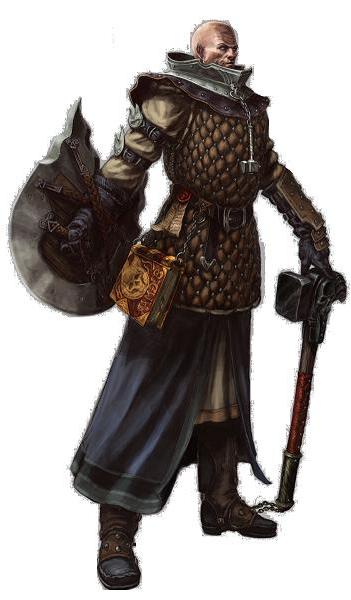:I've been writing a LOT these days. And I mean A LOT for Gencon (see the blurbs for everything in this post). I have been thinking of other GMs who ran games that really hit home. I focused on scene-setting. What worked best? What didn't work?
What didn't work
Among a number of elements, one that doesn't work involves over-described room. Rooms with so many elements that get lost with the number of things present. Here are two examples that jumped to my mind (one was Pathfinder Society and the other from a GM I don't want to name here).
- An inn where you know the size, composition, type of the cups of beer, add the number, size, color, and history of the boar heads trophies on the walls, the exact position of the tables, the graffiti on them... Then the scene focuses on talking to the strange guy in the corner.
- A forest where you are told the type of trees in great details, the size of the fallen trunks and branches, the color of the leaves (it was set during summer), and the sound of the birds singing and squawking nearby. And then, what we had to do was sneak through the forest.
Tere
What does work

- A bandit camp centered around a fire pit with a series of tents in a rough circle around it.
- A thick jungle where a creek flows into a pond covered with waterlillies.
What I really like is that each of us were able to use the basic description and add elements to it based on our common imagination, with each player adding something. By the time we attacked the bandits in the camp, there were deer skins getting tanned for cover, buckets of water (and chamber pots), the two sentries huddled around the fire, and a pair of horses were tied nearby. I really love that scene because each of us, player and GM, built into something concrete we used in our plan.
We didn't care the bandit's spears were made of maple, oak, or pine wood. So it was never defined.
Finally
Everyone can picture a tundra. A sandy desert. A pinewood forest. A pool beneath a waterfall. A fortified city gate. See what I did there? You pictured each of those scenes and I use no more than 5 words to describe each of them.
KISS. Keep It Simple Stupid. Focus on elements that matter to the players or major elements. Unless you plan to have a confrontation or a trap-like with a scaffold, don't mention it unless/until it becomes relevant to the players. Work with them.
Yeah. KISS. And grow the story and scene together.

No comments:
Post a Comment